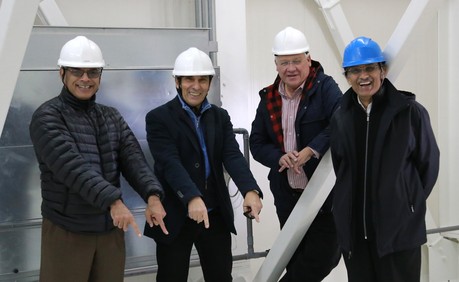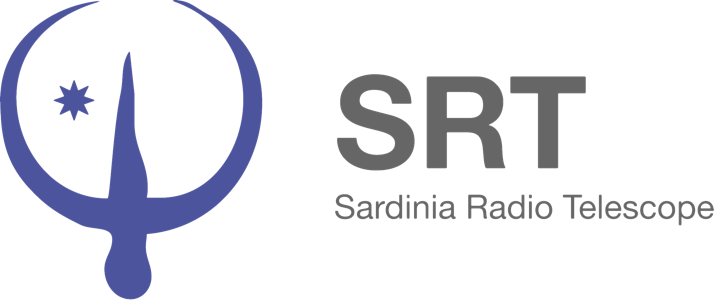News
SRT IS READY FOR NEW CHALLENGES
Just as the deadline passes for the first call for proposals of the Early Science program of the Sardinia Radio Telescope, which will open its doors to the first scientific observational projects, this large antenna confirms its great international potential.
In fact, the Cagliari Observatory just welcomed Keyur Patel, Director of the Interplanetary Network Directorate of the NASA Jet Propulsion Laboratory (JPL) and the Dawn spacecraft’s manager, on an official visit.
After an official meeting with the INAF President Nichi D’Amico and the ASI President Roberto Battiston, Patel, joined by Alaudin Bhanji and Pete Hames (both also from JPL) and Enrico Flamini, Scientific Manager for ASI, went to Cagliari in the last few days to visit the Sardinia Radio Telescope’s great antenna and the new Scientific Laboratories, which are completely dedicated to the development of SRT, and which are located in the new INAF-OAC headquarters in Selargius (near Cagliari).
In the picture: Alaudin Bhanji , Enrico Flamini, Pete Hames and Keyur Patel during the visit at SRT.
“The aim of this visit - Patel explains - is the fact that you have an antenna dedicated 80% to astronomy and 20% to space communications (as forecast by the INAF – ASI agreement) and we are trying to envision how to use it with planetary missions, especially looking at Mars missions from 2020.”
Therefore, SRT could become part of the Deep Space Network (DSN), also thanks to the simplicity of this operation: “There are not many stations in the world that actually communicate with planetary missions. DSN has the largest set, ASI has some, South Koreans, like others, are building a station, you already have a large antenna”.
The operation could therefore be quite easy to be carried out from the management side of things. A part of those 20% of observations dedicated to ASI could be used to monitor celestial bodies that are also very close to the Earth and potentially dangerous to our planet, such as asteroids, meteors, comets and space junk, all this in a strategic view of global security.
Another part of the time could be used to receive signals from the drills operating in the Solar System. ASI is already the main partner of JPL in exploring the Solar System with robotic drills, and that collaboration could be improved by the entry of SRT in the DSN network.
In November 2015, SRT already showed its great potential by intercepting a weak signal from the Rosetta spacecraft.
“The Sardinian Antenna - says ASI’s scientific manager Enrico Flamini – could become an instrument of crucial importance, first for the great dimensions and then for the quality of its down link reception, for the increase in the quantity and quality of data in the next space missions”.
Answering the question which was the principal aim of this visit in Sardinia, Flamini says: “This visit has been essential for verifying in situ the feasibility of implementing, in a short time, the electronic development and so improve the downlink capacity of SRT. In 18-24 months we could be ready for the tracking of the current missions and of the future ones. As a Project Manager of the Cassini Mission, I would be a happy man if we could intercept the last part of Cassini’s life”.
